If you’re about to undertake a roofing project, there are various tools that you need to get the job done as safely and efficiently as possible. After all, working up on the roof can be both dangerous and time-consuming if you don’t have the necessary tools at your disposal. (Related: DIY Roof Replacement vs. Professional Roof Installation: Which is the Better Option?)
So, assuming that you’re equipped with a helmet, hammer, and tape measure, what else do you need to complete a roofing job?
14 Must Have Tools & Equipment
Below, we introduce 14 tools that any roofer should consider investing in to ensure they do the job right and install a roof to be proud of.
1. Roofing Nailer

When you consider the fact that most shingles require a minimum of six nails per sheet, manually hammering nails into roofing materials takes a lot of time! Investing in a cordless roofing nailer saves you heaps of time and effort.
You can load the nails into the canister and get cracking with your job with little fuss. A roofing nailer will make your life so much easier and is an absolute must when you’re undertaking large-scale roofing jobs.
2. Shingle Hog
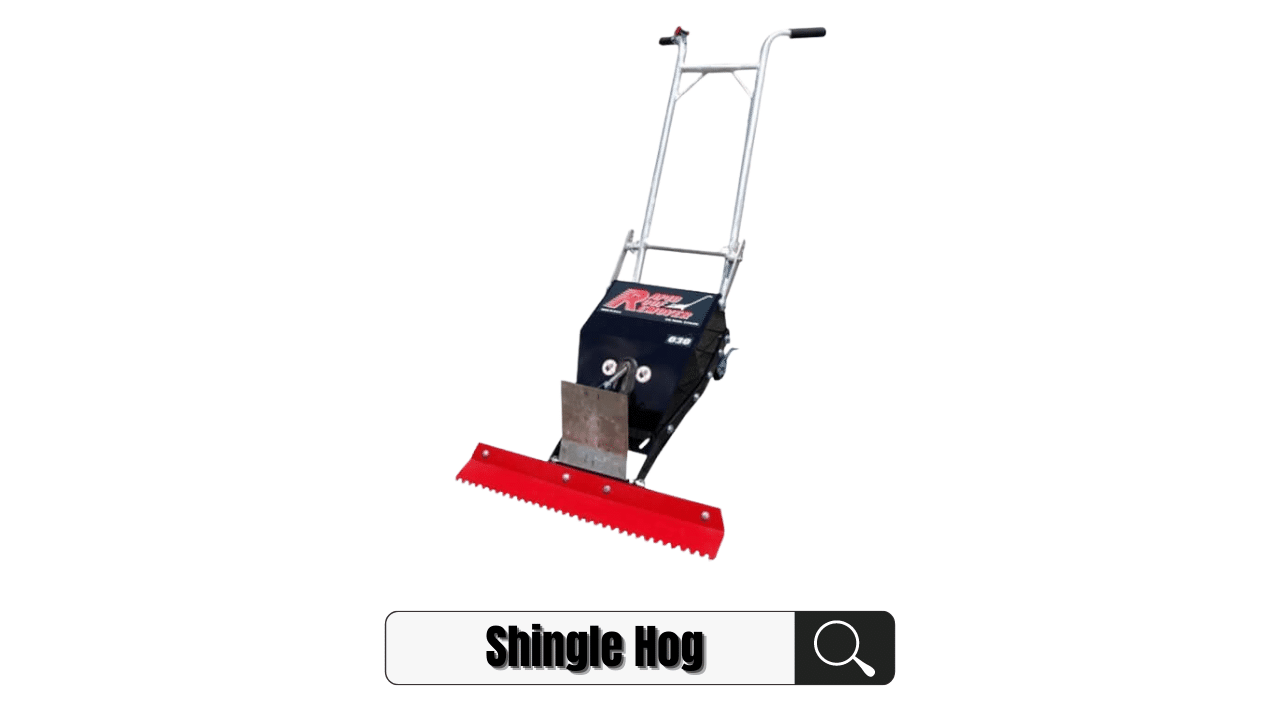
Removing asphalt shingles by hand is another time-consuming process. But investing in a shingle hog can reduce the time it takes to tear off a roof by up to 90%! This means less time on the roof for you and your crews, which will save you considerable money in the long run.
A shingle hog is ideal for removing various shingles and is considered as a valuable asset to any roofer’s equipment. As well as saving time, it also ensures you can carefully remove shingles, which means you’re less likely to damage the roof.
3. Roofing Trailer

If you’re really looking to save some time and effort when cleaning up after your roofing jobs, investing in a roofing trailer is a great way to go about it. These mechanized lifts are perfect for positioning under the spot that you’re working on, collecting debris on your behalf.
The fact that they’re portable means you can move them around based upon where you’re working throughout the day. In the long term, a roofing trailer will save you a considerable amount of money when it comes to labor, so it’s a savvy investment for any roofing firm.
4. Cap Nail Gun
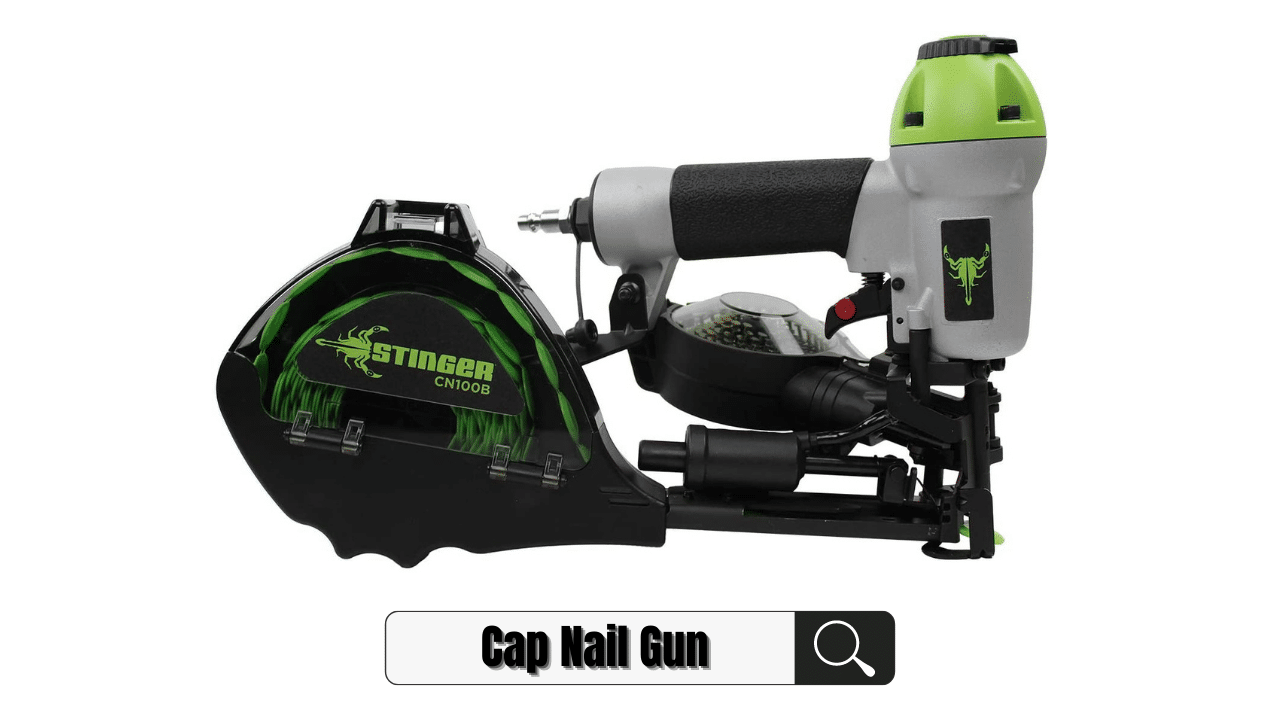
In addition to a roofing nailer, consider investing in a cap nail gun to make your life easier when you’re securing underlayment, felt, or house wrap. Nail guns are capable of shooting three caps per second, which increases productivity and reduces your time spent up on the roof.
You will be so grateful for a cap nail gun on days when the sun is beating down on your back, or the wind is up, as you can get your job done in a fraction of the time and be back down on terra-firma sooner rather than later!
5. Gutter Guards
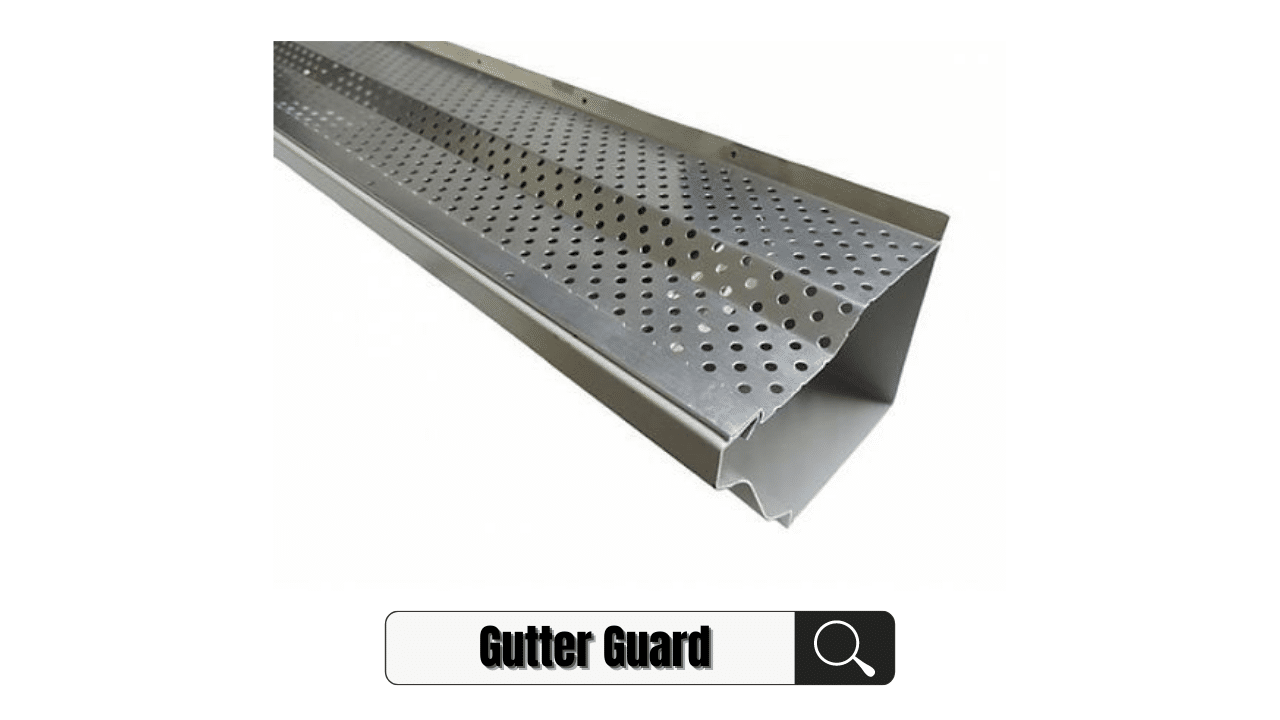
One of the biggest challenges facing roofers is where the debris ends up. In spite of your best efforts, it’s all too common for nails, shingles, and various other bits and pieces to end up in the gutter, which causes you a headache when it comes to the clear-up.
Investing in some gutter guards enables you to slide debris off the roof and into your chosen container without it dropping into your client’s gutters. Undoubtedly, this will save you time when you’ve finished the installation, as you don’t have to go through the hassle of trawling through the gutters to remove debris.
6. Automatic Staple Gun
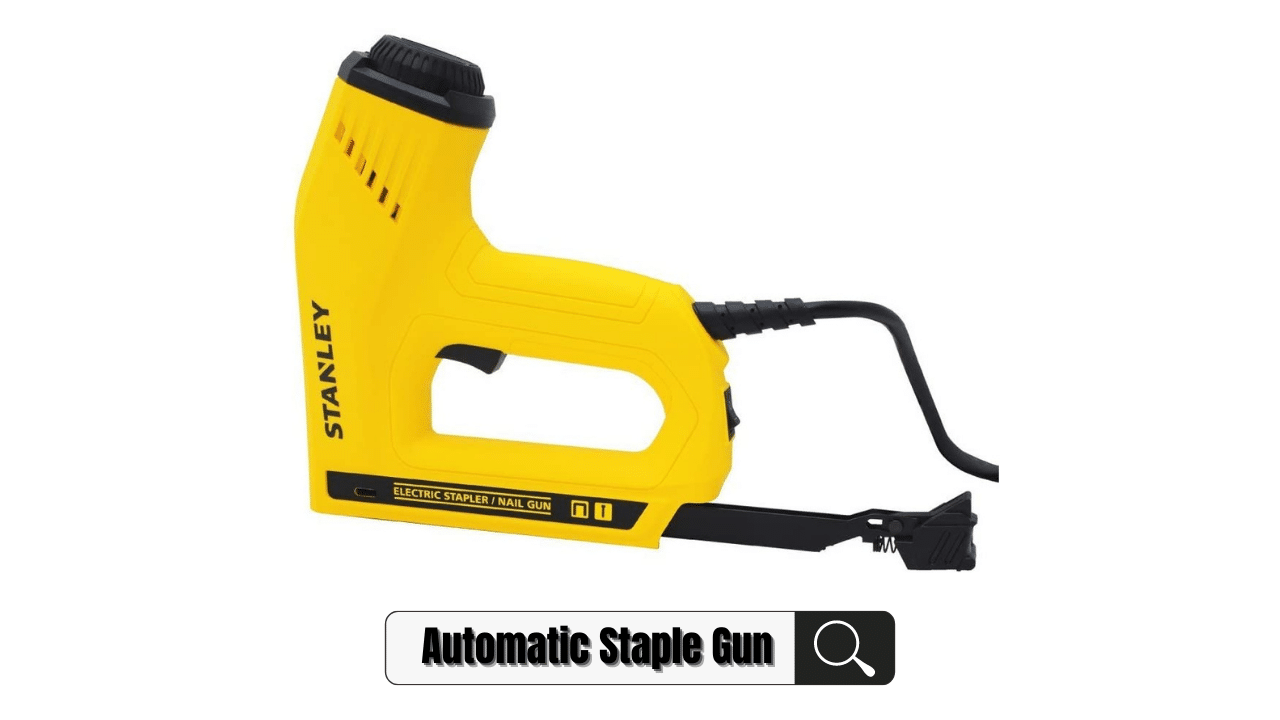
Tacking is another aspect of roofing that takes a considerable amount of your time and is typically labor-intensive. Buying an automatic staple gun speeds things up when compared to a traditional hand tacker and is another worthwhile investment.
Like many of the other roofing tools introduced, an automatic staple gun will save you time up on the roof, which will ultimately cut your costs and make your work more profitable in the long run.
7. Metal Cutting Shear

When it’s time to shape roofing materials before installing them on the roof, you need equipment that’s up to the task, which is where metal shears come in handy. No matter the structure and slope of the roof that you’re working on, you can use the shears to shape metal in any way required.
This makes it easy to make straight, curved, or square cuts in metal sheets on site. They’re also lightweight, which means they won’t weigh you down while you’re on the roof. It’s possible to buy powered metal shears if you find that you’re regularly cutting through stronger and thicker metals.
8. Roof Chutes

A roof chute is an excellent addition to your equipment, as it enables you to divert debris (spent nails, shingles, etc.) directly towards the trailer that sits underneath, meaning you don’t need to worry about where the debris ends up.
An appropriately sized roof chute is actually an important safety feature, particularly when you’re working on industrial and commercial projects, as you need to be careful of who and what is passing underneath while you’re completing your work.
9. Fall Protection

The health and safety of your employees are of the utmost importance when you’re out on roofing jobs. As such, you need to make sure your team is equipped with the best in fall protection, just in case they trip and fall while completing a job.
A fall protection kit should include the likes of harnesses, lifelines, lanyards, and anchors to ensure your employees are safe and secure while up on the roof. Fall protection kits come in various shapes and sizes, so make sure your chosen gear is OSHA and ANSI compliant.
10. Tool Belt
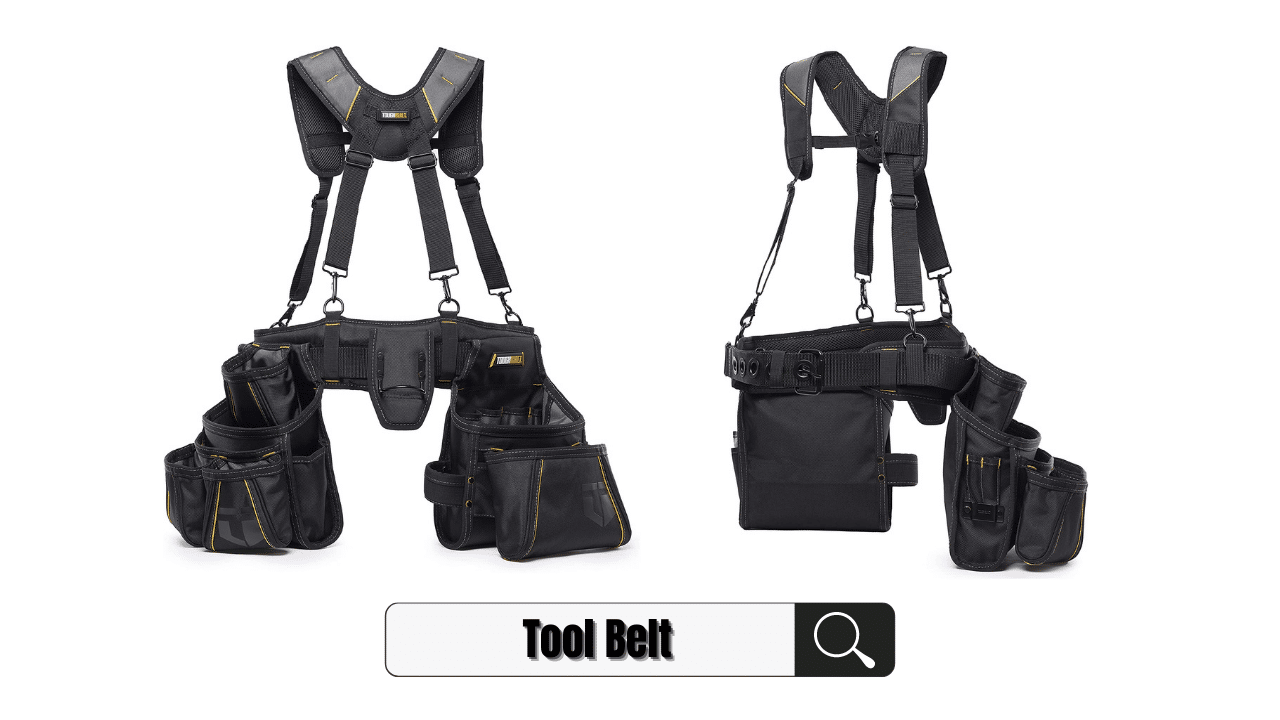
When you’re up on the roof, you need to have easy access to your equipment. There’s nothing worse than having to shout down to someone to pass up tools as and when you need them, so picking up a tool belt that you can wear comfortably on the roof is a good move.
While everyone is different, selecting a tool belt that is comfortable should be your first port of call. Thankfully, they’re available in different styles and come with adjustable harnesses, so you don’t need to worry about comfort while you’re working.
11. Hammer Tacker
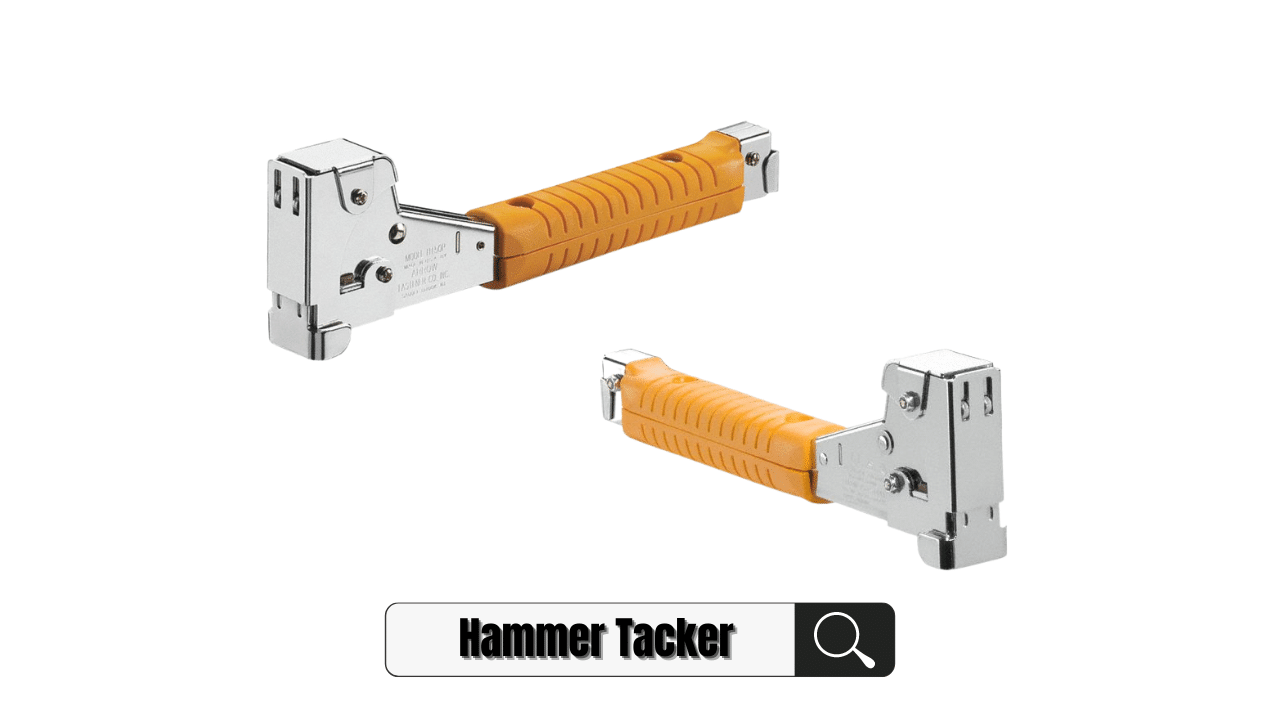
One of the first steps of any roofing project is rolling felt paper across the sheathing. As such, using a hammer tacker is the best (and the quickest) way of attaching the felt paper. You operate it similarly to a traditional hammer, but it makes things much easier.
The good news is that you can pick up a hammer tacker for a reasonable price, making it an essential item for any serious roofer.
12. Extension Ladders
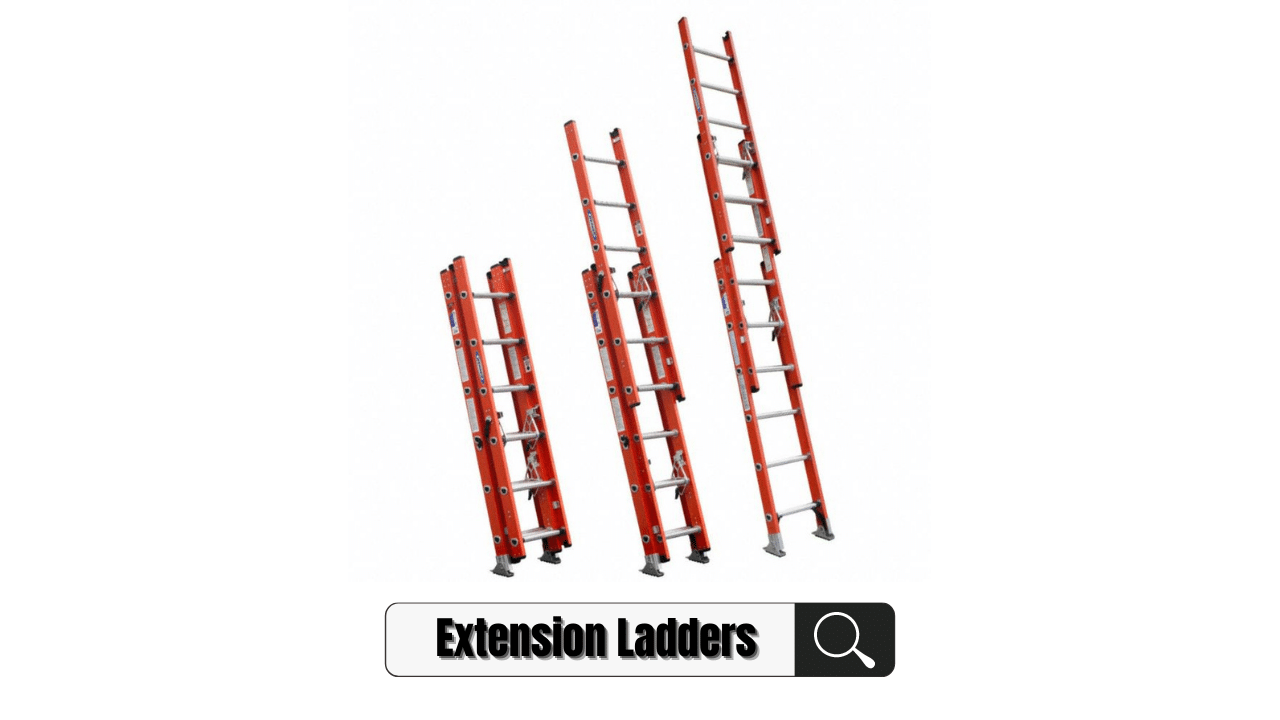
It might seem like an obvious thing to mention, but you need to pick up a set of quality extension ladders to ensure you can get up on top of the roof in the first place! Because there are lots of ladders to choose from, it’s important that you select some that have grips attached and are built to last.
Flimsy ladders can cause injury, so it’s vitally important that you invest in a strong and sound set that ensures the safety of you and your roofing crew.
13. Pry Bar
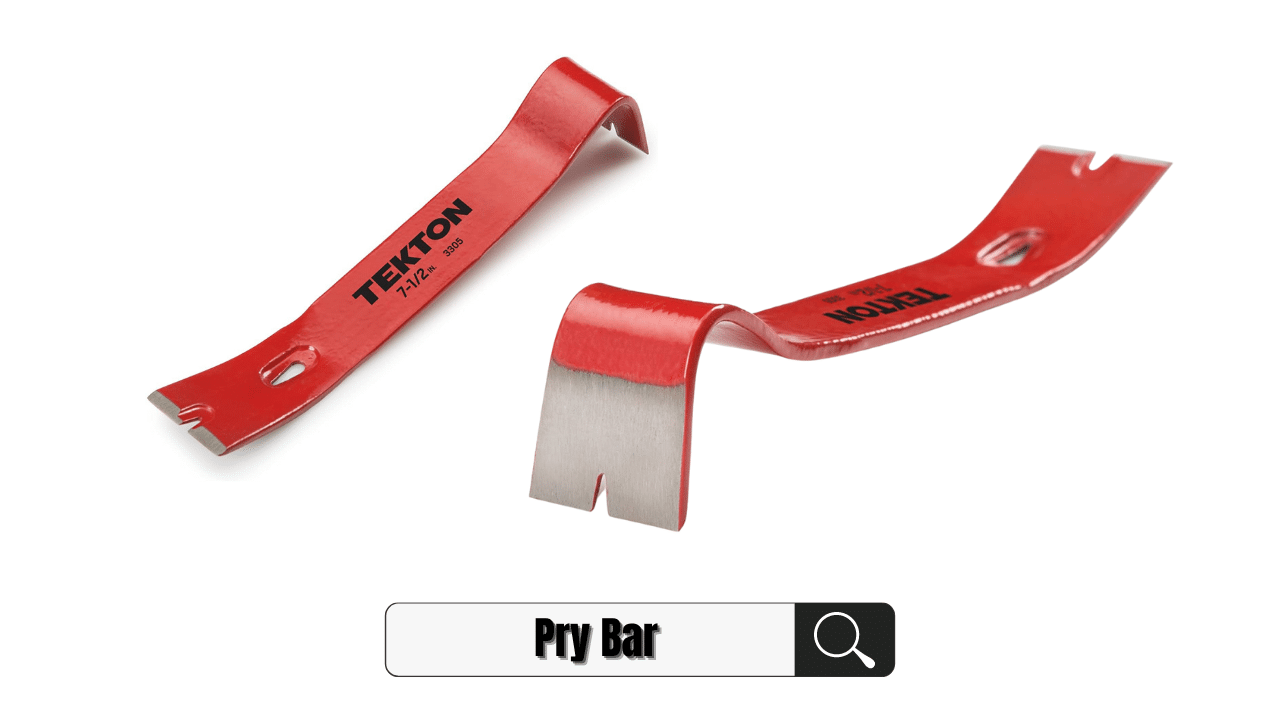
Every roofer needs a pry bar, as it can enable you to remove bits and pieces of shingle while you’re on the roof without having to hop down the ladder to grab your shingle remover.
There are various types of pry bars available to roofers, so make sure you select one that is strong and allows you to remove nails and shingles at the same time. Along with a hammer, a pry bar is very much a bread and butter item for all roofers.
14. Chalk Reel

When you’re laying shingles, you will need to make sure they are laid correctly and evenly, which presents a problem if you don’t have a way of marking out where and how they should be laid on the roof.
You can mark a chalk line manually, or you can invest in a bold chalk line reel to make things easier and more accurate. Whichever you opt for, make sure you demarcate where you are to lay the shingles, as you don’t want the roof to be uneven!
Final Thoughts on Roofing Tools
So, there you have it – 14 roofing tools that will help you get the job done to the best of your ability. While you might not necessarily need all of the tools introduced above, investing in them will save you time and money in the long run, as they make the job easier and will result in you spending less on labor as a result.
If you can justify the upfront expense of some of the tools introduced, you will certainly see the benefits in the long run.
